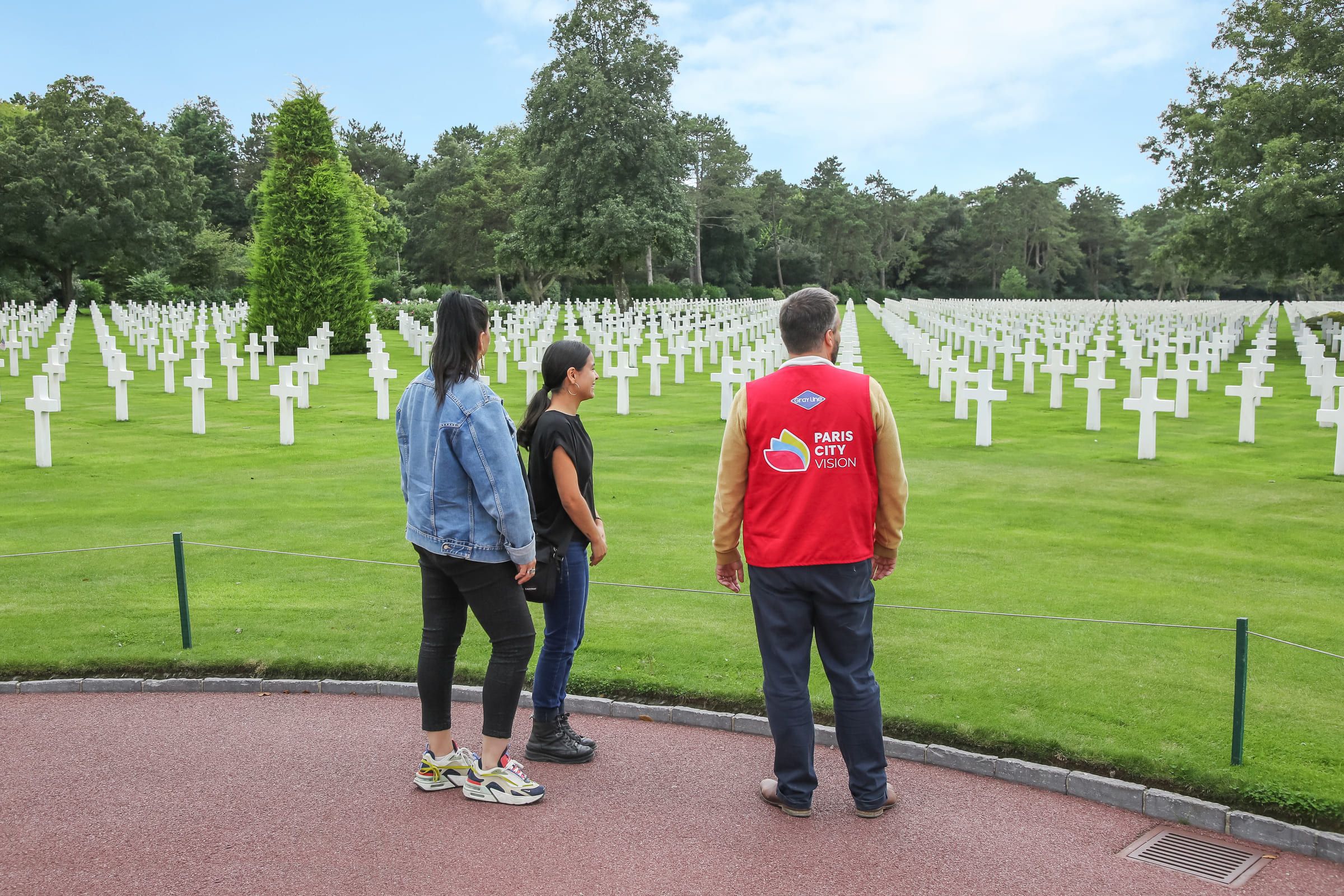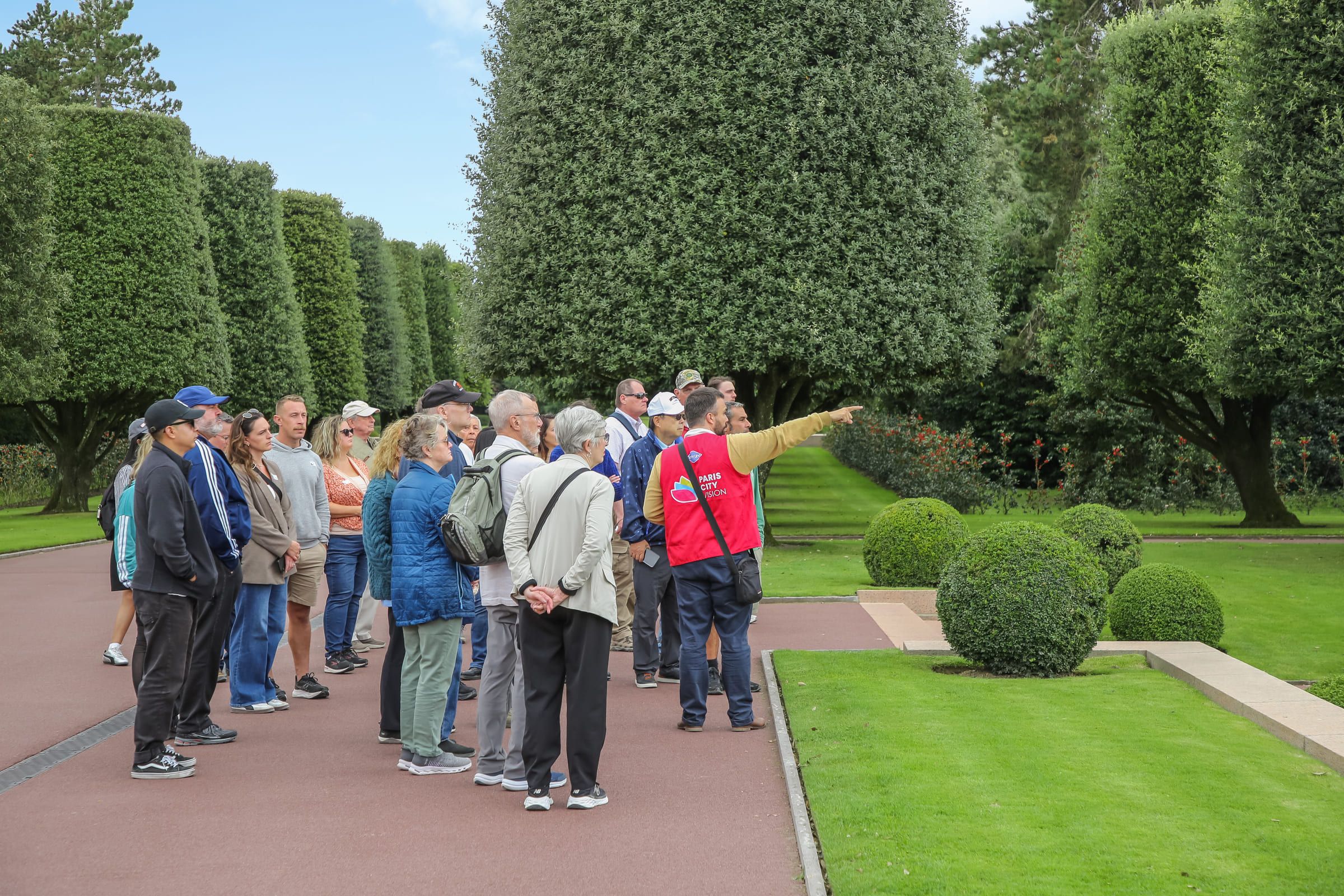The Vauban Towers, a UNESCO World Heritage Site
In order to keep up with King Louis XIV’s military and territorial ambitions, the French kingdom regularly took up arms during the 17th century. A defense line was thus necessary to protect the kingdom. Vauban had a series of now-famous fortifications constructed. One of them is on the site of Tatihou Island at Saint-Vaast-La-Hougue, located in the English Channel. Several Normandy Tours include visits of Vauban constructions.
Vauban, a military genius
Sébastien Le Prestre (1633-1707), also known as the Marquis de Vauban, was an engineer and military architect who lived during the 17th century under the reign of Louis XIV. The Sun King led numerous military campaigns that would create countless enemies of the kingdom. The construction of forts, led by Vauban, allowed the Kingdom of France to defend its borders. Their location and design together created impenetrable fortresses. Vauban’s constructions can be immediately recognized by their star-shaped design and installations conceived to dupe the enemy.
The architectural guidelines set forth by Vauban were recycled by his contemporaries and inspired other military constructions all over the world up until the 19th century.
Saint-Vaast-La-Hougue and Tatihou Island
In 2008, Vauban’s 12 fortifications located in France were registered as a UNESCO World Heritage Site. In addition to their military interest, Vauban’s work also led to the creation of other building models that were subsequently copied throughout Europe.

According to Vauban’s construction plans, the Hougue Fort was not constructed by Vauban himself but by one of his confidants. The Vauban Tower is located on Tatihou Island and, at 21 meters high, offers incredible views of the English Channel. Such visibility of the sea and Cotentin coastline was indispensable in defending Normandy’s coasts.
Normandy’s borders, situated as they are facing England, were defense zones well before the allied landings took place on the Contentin coastline on June 6, 1944. Indeed, the rivalry between France and England during the 17th century was virulent. Today, these conflicts have been forgotten and the friendship that now exists between the two countries and their people is more than strong, especially since English troops landed on June 6, 1944, and given the United Kingdom’s involvement for the liberation of France.
The Normandy region still bears numerous traces of the conflicts that took place on its coastline over several centuries. From Vauban’s fortifications to the WWII German blockhouses, certain military installations can be visited, thus providing tourists with not only the opportunity to observe this important heritage but the opportunity to keep its memory alive.
Visiting Tatihou Island
Tatihou Island is home to the Maritime Museum. Open since 1992, its collections display Lower Normandy’s maritime history, naval constructions, and the diverse activities linked to its littoral. Originally, the museum was created to house the wreckage from the Battle of 1692 when Louis XIV, in an attempt to help his Catholic cousin Jacques II of England take back the throne, entrusted him with a fleet of battle ships. This same fleet would undergo a crushing defeat against the English Navy during the Battle of La Hougue.
The Maritime Museum and its gardens are open to the public free of charge. However, the Hougue Fort, which still remains under military ownership, is not accessible to the public.
Music fans will love the Traversées Tatihou Festival, a unique event in the region. Festival-goers are encouraged to get around Saint-Vaast-La-Hougue by foot to check out the different venues and scenes (at low tide, of course!). Strolling around the oyster farms to the beats of world music is a fantastic way for visitors to discover Val de Saire.
Let’s not forget about food lovers whose taste buds are sure to be titillated at the famous Maison Gosselin. Founded in the 19th century, this delicatessen has maintained a high quality of service throughout the decades. Its products, made by the Gosselin family, are known worldwide for their quality.
The Normandy region still bears numerous traces of the conflicts that took place on its coastline over several centuries. From Vauban’s fortifications to the WWII German blockhouses, certain military installations can be visited, thus providing tourists with not only the opportunity to observe this important heritage but the opportunity to keep its memory alive.


